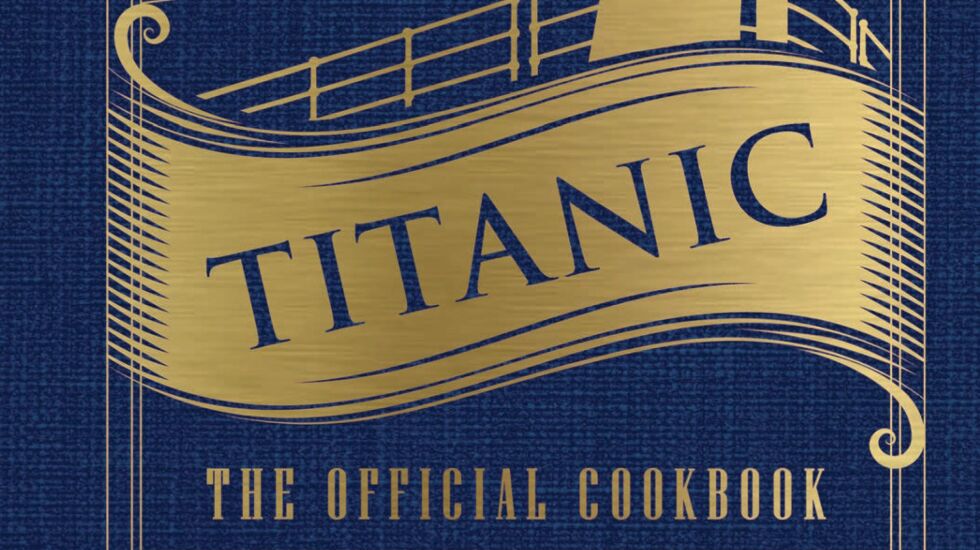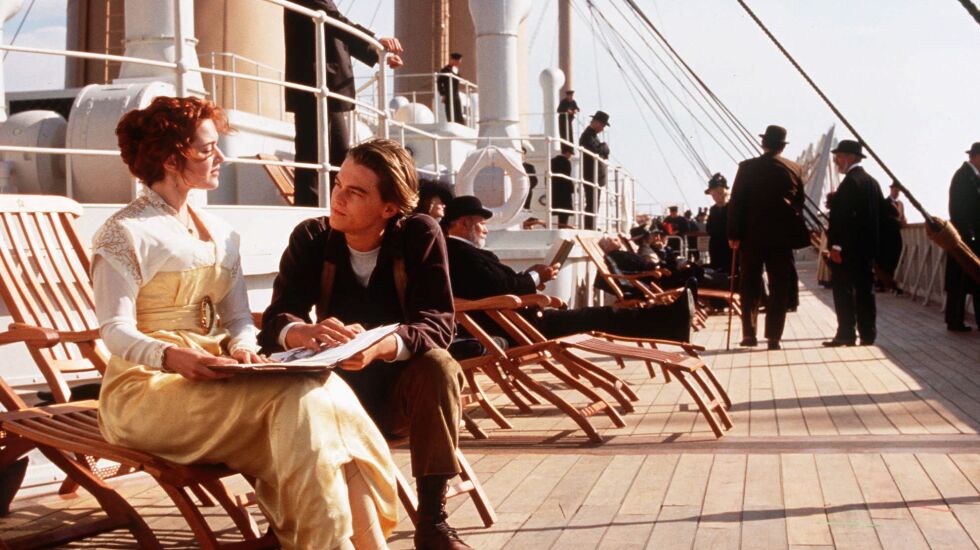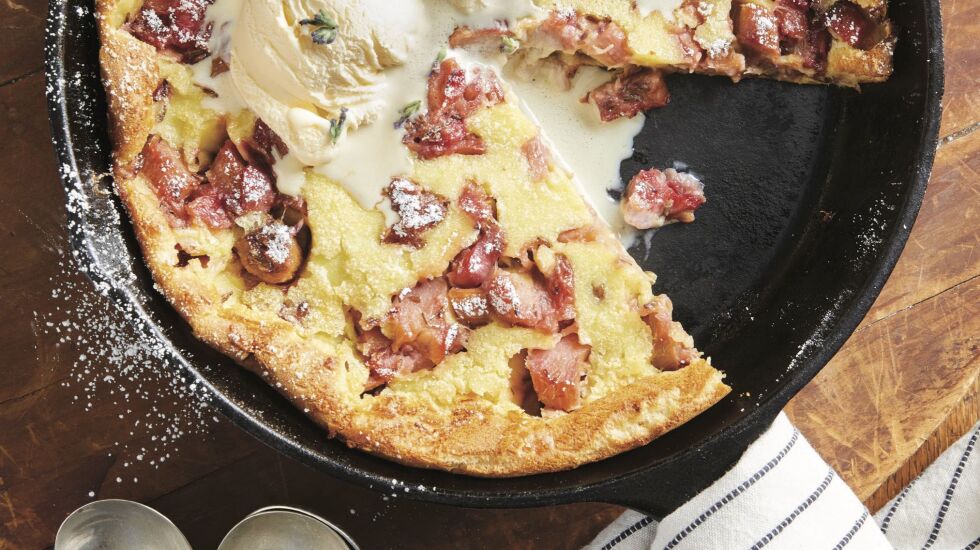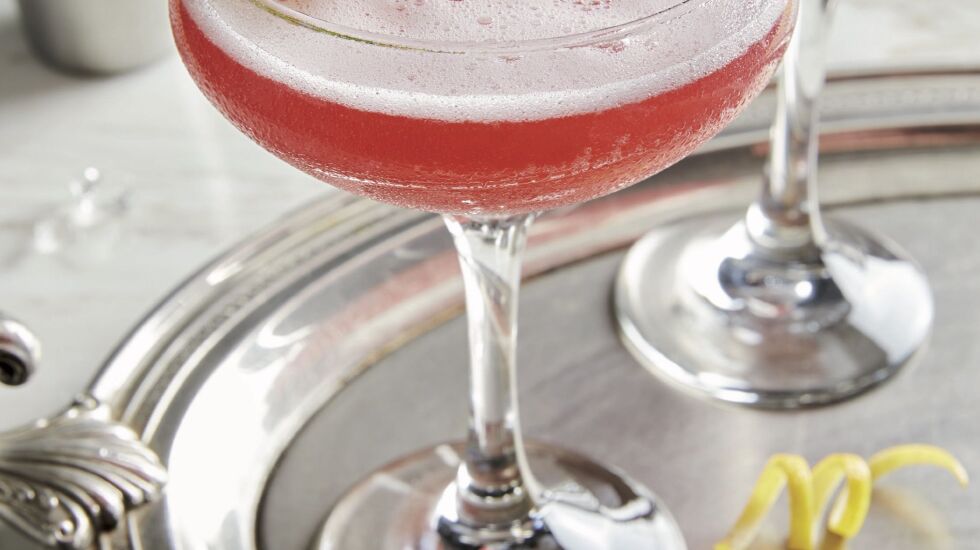
When it set sail on its maiden voyage from Southampton, England, on April 10, 1912, the Titanic was billed as the largest, fastest, and most luxurious ship of its time. It was also promoted as unsinkable, which made its tragic fate even more shocking and ironic.
The New York City-bound luxury liner struck an iceberg on April 14 and sank early the next day. Only 706 of the 2,240 passengers and crew survived the maritime disaster.
Over a century later, the tragic and heroic stories of its passengers — socialites, movie stars, industrialists and immigrants — still captivate the public imagination.
Author Veronica Hinke’s interest in all things Titanic was sparked when she was a little girl, intrigued by a local legend known as “The Popcorn Man.”
“Growing up in the tiny Northern Wisconsin town of Merrill, I heard stories of Dan Coxon, a man who lived in the area and was traveling home aboard the Titanic” Hinke said. “He was a popcorn vendor. He didn’t survive.

“I was amazed at how he had been able to travel on such an incredible voyage when so few people traveled from the area in 1912. Later, in 7th grade, our English teacher, Miss Reichenberger, read aloud to our class the book by journalist Walter Lord [called] “A Night To Remember.” Little by little, each week, I learned more and became more and more interested. I researched everything that I could about the Titanic.”
Hinke went on to become a food and wine-focused journalist.
“When the 100th anniversary of the Titanic rolled around, I felt it was important to produce a food-related story for the centennial. I delved into menus that people had preserved by tucking them into their coat pockets and letters that people wrote home.
“I stumbled upon some information about the bottles of wines, champagnes, and spirits recently revealed at the Titanic resting site,” Henke continuted. “It made me wonder what cocktails were made with the spirit?. What food was served with the wines and Champagnes? I love connecting with the people at the core of this incredible story by experiencing the foods they ate.”

Hinke’s latest book, “Titanic: The Official Cookbook: 40 Timeless Recipes for Every Occasion” (Insight Editions, 144 pages), celebrates the culinary elegance and history of the ship as seen through the lens of James Cameron’s Oscar-winning film “Titanic,” which celebrated the 25th anniversary of its release in 2022.
Released on December 19, 1997, “Titanic” grossed over $1.84 billion upon its initial release, making it the first film to reach the billion-dollar mark.
“The movie is a glimpse into the Edwardian era,” said Hinke. “Cameron’s depiction of Titanic is spot on, because of his impeccable research. Every detail was exact, from the food on the table to the length of Rose’s gloves. This is especially true with the immigrant story, which had never before been so prominent in stories about the Titanic.”
Dining aboard the Titanic was a lavish and varied experience, depending on the class of the passengers.
First-class passengers dined on elegant dishes of the era — oysters, consommé, roast duckling, and peaches in chartreuse — and enjoyed a 10-course dinner in the opulent dining saloon.
The five-course, second-class passenger menu featured spring lamb, roast turkey, plum pudding, and American ice cream. In a simple dining room, the third-class passengers found sustenance in a three-course dinner of simple dishes like vegetable soup, roast pork, boiled potatoes, and “cabin biscuits.”
The menus for each class reflected the social and economic inequalities of the time.
“Sailing on the cusp of Prohibition, Titanic became a sort of cultural — and culinary — time capsule,” said Hinke.
“In 1912, little did anyone suspect what was about to happen in just a few years. Yes, suddenly, it became illegal to consume alcohol, and an entire culture disappeared overnight: Cocktails that were once as popular as the cosmopolitan is today fell through the cracks of time. There was the whiskey-based ‘Robert Burns,’ served with a shortbread cookie ‘garnish’; the wonderful mix of gin and orange juice known as ‘The Bronx’; the bright, crisp ‘Clover Club,’ and more. These are terrific drinks — many with ties to interesting stories about them — and they deserve a seat back in the spotlight!”
The cookbook features several recipes (appetizers, entrees, cocktails) that are directly from the ship’s menus including: lamb with mint sauce; consomme jardiniere; hominy; turnips puree; Welsh Rarebit; baked apples, plum pudding, salmon with mousseline sauce, beet root (beet and apple salad), jacket potatoes, roast turkey, and baked haddock with sharp sauce.
Hinke’s book also includes recipes inspired by characters from the eponymous movie. For example, there’s a recipe for fish fry and calamari in honor of Jack Dawson, who grew up ice fishing in Wisconsin and worked on squid boats in Monterrey, Califorina.
“My favorite scene in the movie is when Jack Dawson wins the third-class Titanic tickets for him and his pal, Italian immigrant Fabrizio De Rossi (Danny Nucci),” said Hinke.
“Jack wins the tickets from Scandinavian immigrants Olaf and Sven by beating them in a poker game. I love this scene, and the immigrant story that it tells, so much that I included a recipe for a pizza to acknowledge the passengers who were traveling as immigrants from Italy and several other countries. Pizza had only just been introduced in New York City when the Titanic sailed. Fortunately, the restaurant where pizza first became available, Lombardi’s (32 Spring Street), is still open.”
Hinke recommends hosting your own “Titanic” movie watch party.
“You don’t have to sweat it out making a lavish 11-course dinner. Make baked apples: They were served during lavish first class breakfasts, but are simple and affordable to make at home.
“Serve the same assortment of cheeses enjoyed by the first-class passengers.
“Learn about a new ingredient featured on a menu, and teach your guests about it by serving it. For example, I love to make Peaches and Chartreuse Jelly, which is so simple to make and highlights the flavorful yet unusual Chartreuse liqueur.
“Create a song list of music that was popular in 1911-1912. Play an Edwardian game like The Game of Peter Coddles, Old Maid, or one of the other games that I explain how to play in the book.
“Play a round of movie trivia: you’ll also find trivia questions on the movie and Edwardian culture and social customs.”
Why does James Cameron’s “Titanic” movie remain so popular?
“The movie brings a human perspective to a horrific historical tragedy.”
Try the following recipes from “Titanic: The Official Cookbook: 40 Timeless Recipes for Every Occasion” at home:
CARDAMOM MALTED MILK BALLS

On April 17 at a meeting in Lancaster, Pennsylvania, Milton Hershey recalled a whopper of a story about how he narrowly escaped travel on the Titanic. The candy-company founder and his wife, Catherine, suddenly needed to return to Pennsylvania and had planned to travel home aboard the Titanic from Nice, France. Milton Hershey had even written a check to the White Star Line for $300—10 percent of the cost of a first- class stateroom aboard the Titanic. In the end, they opted for a more expeditious route home on the German ship SS Amerika. The day before the Titanic struck the iceberg, the SS Amerika had sent a message to Captain Smith warning of huge icebergs in the area where the Titanic sank. Hershey’s cancelled check is now in the Hershey Community Archives.
Malted milk is made from malted barley, wheat flour, and evaporated whole-milk powder. In the early 1900s, malted milk powder—introduced by two brothers from England, William and James Horlick, as a nutritional additive—was becoming a trendy flavoring for food. Malts were created at Walgreens in 1922. In 1939, the Overland Candy Company introduced malted milk balls called Giants. Leaf Brands reintroduced them as Whoppers in 1949. In 1996, Whoppers became part of Hershey’s. While these treats are reminiscent of the famous candy, a pinch of cardamom gives these homemade movie-theater snacks a twist of spice.
Yield: Makes 12 servings
INGREDIENTS:
- One 10-oz bag white chocolate chips or wafers
- 1 cup malted milk powder, sifted
- 1⁄2 teaspoon ground cardamom, plus more for garnish
- One 10-oz bag milk chocolate chips
DIRECTIONS:
1. Place the white chocolate chips in a medium microwave-safe bowl and microwave at medium power, stopping to stir every 20 seconds, just until the chocolate is melted and smooth. Do not overheat the chocolate or it will seize (become thick and lumpy). Remove the chocolate from the microwave and stir.
2. Add the malted milk powder to the white chocolate and slowly stir them together. Add the cardamom and stir until combined. Cover and refrigerate, stirring occasionally, until cool enough to be scooped out, about 20 minutes.
3. Using a tablespoon to ensure that the size of each piece is consistent, scoop 1 tablespoon of the white chocolate into your palm. Using your hands, roll the chocolate into a 1-inch ball. Repeat with the remaining chocolate.
4. Place the milk chocolate chips in another medium microwave-safe bowl and microwave at medium power, stopping to stir every 20 seconds, just until the chocolate is melted and smooth. Remove the chocolate from the microwave and stir.
5. Place two of the milk balls in the melted milk chocolate. Using a large spoon, roll the balls in the milk chocolate, ensuring that they are completely and evenly coated. Place the balls on parchment paper and let them set at room temperature.
6. Repeat with the remaining milk balls. Sprinkle a pinch of cardamom on top of each ball, then serve.
RHUBARB PANNEKOEKEN

Titanic crew members were served stewed rhubarb and custard on April 14. Crew member Edward Wheelton saved a menu, which was written by hand, from the crew lunch during the Titanic’s sea trials on April 3. Rhubarb tart was listed on the menu. In England, stewed rhubarb and cream — sometimes called a “rhubarb fool”— is a treat that is as traditional as scones and clotted cream. In this recipe, stewed rhubarb is the main ingredient in a Dutch baby dessert. A Dutch baby dessert is similar to a sweetened version of a Yorkshire pudding or a popover. A hint of lavender adds flavor.
Yield: Makes 6 servings
Roasted Rhubarb Ingredients:
- 3 cups 1⁄2-inch rhubarb pieces
- 1 tablespoon lavender buds
- 1⁄4 cup firmly packed light brown sugar
- 1 tablespoon all-purpose flour
Custard Ingredients:
- 4 large eggs, lightly beaten
- 2⁄3 cup whole milk
- 2⁄3 cup all-purpose flour
- 1 tablespoon granulated sugar 1 teaspoon pure vanilla extract 1⁄2 teaspoon salt
- 4 tablespoons unsalted butter
- Confectioners’ sugar, for dusting
- Lavender buds, for serving
- Whipped cream or cinnamon ice cream (page 80), for serving (optional)
DIRECTIONS:
To make the roasted rhubarb:
1. Preheat the oven to 375°F.
2. In a 10-inch cast-iron skillet, combine the rhubarb, lavender, brown sugar and flour and stir until the rhubarb is thoroughly coated.
3. Roast in the oven until the rhubarb mixture is soft and spreadable, 15–20 minutes. Set aside.
To make the custard:
1. Raise the oven temperature to 425°F.
2. In a large bowl, using an electric mixer or in the bowl of a stand mixer, beat together the eggs, milk, flour, granulated sugar, vanilla, and salt on high speed. Beat until thoroughly combined, 10–15 seconds.
3. In a 12-inch cast-iron skillet over medium heat, melt 3 table- spoons of the butter. Let the butter bubble and turn dark brown. Pour the butter into the batter and mix well.
4. Put the remaining 1 tablespoon of butter in the skillet, then place the skillet in the oven until the butter melts.
5. Remove the pan from the oven, swirl the butter to coat the bottom and sides of the pan, and then pour the batter into the pan.
6. Gently fold in two-thirds of the roasted rhubarb.
7. Place the remaining one-third of rhubarb in the center of the Dutch baby. Bake for 15 minutes, then reduce the oven temperature to 375°F. Continue to bake until the Dutch baby is puffed and golden and a knife inserted into the center comes out clean, 10–12 minutes longer.
8. Remove the Dutch baby from the oven and let it cool and settle. This will allow the flavors to meld.
9. Cut the dessert into 4-inch-wide slices and place each slice on a dessert plate. Sprinkle confectioners’ sugar and a few lavender buds on top of each slice. Serve the slices topped with a dollop of whipped cream, if desired.
CLOVER CLUB

Developed by Philadelphia’s Bellevue-Stratford Hotel on South Broad Street, this frothy and delicate drink is named for a local men’s club that met regularly at the hotel from the late 1800s to the early 1900s.
Yield: Makes 1 cocktail
Raspberry-geranium syrup ingredients:
- 1 cup sugar
- 1 cup water
- 1 pint raspberries
- 1 large scented geranium leaf, finely chopped
Cocktail ingredients:
- 1 fl oz fresh lemon juice
- 1 fl oz gin
- 1 fl oz dry vermouth
- 1⁄2 fl oz egg white (about 1⁄2 egg white)
- 1 lemon twist, for garnish
- 1 large scented geranium leaf, for garnish
DIRECTIONS:
To make the raspberry-geranium syrup:
1. In a small saucepan over medium heat, combine the sugar and the water, stirring to dissolve the sugar.
2. Reduce the heat to low, add the raspberries and geranium leaf, and simmer until the raspberries break down and the mixture reduces, 20–25 minutes.
3. Remove from the heat and let cool to room temperature. Strain the syrup through a fine-mesh sieve set over a small jam or Mason jar. You should have about 1 cup of syrup.
To make the cocktail:
1. Combine the lemon juice, gin, vermouth, egg white, and 1 fl oz of the raspberry-geranium syrup in a cocktail shaker, cover, and shake until the egg white froths up and emulsifies, 10–15 seconds.
2. Fill the shaker with ice, cover, and shake hard for about 10 seconds longer. Strain into a chilled coupe glass.
3. Garnish with the lemon twist and germanium leaf.
All recipes excerpted with permission from Insight Editions and Veronica Hinke.







